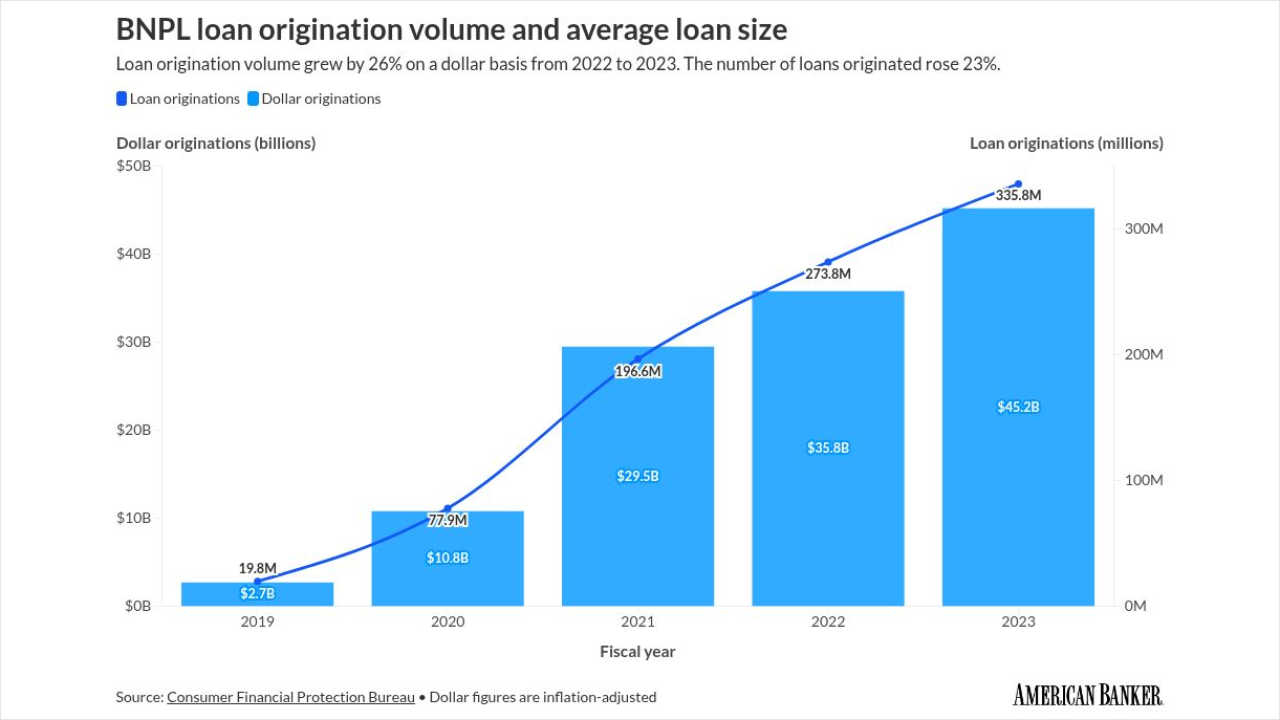WASHINGTON — The future of the Consumer Financial Protection Bureau remained an open question after Supreme Court arguments in a case about the agency's leadership structure, although the justices signaled they could leave the bureau alone.
The high court on Tuesday heard arguments in the case, Seila Law v. CFPB, in which a law firm claims restrictions on the president's ability to fire a CFPB director are unconstitutional.
Critics of the bureau hope the court invalidates a provision of the Dodd-Frank Act stating that a CFPB director can be removed only for cause.
But several justices, including Chief Justice John Roberts, seen as a swing vote, suggested that it could be problematic to establish a new standard for presidential firings since that standard could also be challenged in court.

Dodd-Frank allows the president to remove a CFPB director only for “inefficiency, neglect of duty or malfeasance in office.”
"What's going to happen is there will be litigation over whether or not the standard has been met or not met," Roberts said. "It would be the worst of all possible worlds."
Roberts was joined by the court's liberal justices in questioning the wisdom of their removing or changing the for-cause provision. If he sides with the four-justice liberal bloc in preserving the standard, it could be a significant blow to efforts by the industry and the Trump administration to weaken the CFPB.
Justice Stephen Breyer said the CFPB was "meant to be ... independent" and Congress chose to keep the director insulated from politics. He said abandoning that approach could raise questions about the independence of other agencies.
"Once we depart from that kind of thing, trying to figure out what works — workable government, says the Constitution, certainly by implication — it's impossible. What about the Fed? What about the FCC?" he said.
The liberal justices clearly favored leaving the structure of agencies to Congress.
Justice Elena Kagan suggested the ability of presidents to fire appointees isn't really a constitutional issue.
“This is a Constitution that doesn’t say anything about removal," Kagan said. "It does not say anything about 'for cause' or 'at will' or anything else. Why don’t we just leave it to the political branches that actually know about these things?”
But the conservatives on the court were more critical of the CFPB's structure.
Justice Brett Kavanaugh, who ruled in 2018 that the bureau's for-cause standard was unconstitutional while an appeals court judge, appeared focused on the director's five-year term, saying that could lead to conflicts with an incoming president of an opposing party.
"How much does it matter that the tenure of the single director continues into the next president's term?" Kavanaugh said. "Because I think that's when the problem really reveals itself, that the next president is going to have to deal for his or her whole term, potentially, with a CFPB director appointed by this president and will not be able to supervise or direct that person, even if that president has a wildly different conception of consumer financial protection?"
Solicitor General Noel Francisco, arguing for the Trump administration, responded that "that helps illustrate the fundamental nature of the problem" with the agency's leadership structure.
"It doesn't just have to do with timing," Francisco said. "If you've got a president and a Senate of the same political party, they could also game the system by just putting in place a new CFPB director at the very end of the president's term."
Justice Samuel A. Alito asked under what conditions a president could fire a CFPB director.
"Let's say a director is appointed by a prior president and a new president says I want to remove you because I think you are too pro-consumer and you're hurting the economy, or you are not sufficiently protecting consumer interests. Would that be permissible?" Alito said.
Paul Clement, who was appointed by the court to defend the CFPB, said under Dodd-Frank it would not be sufficient for the president to remove a CFPB director over a policy disagreement.
"I don't think that's what Congress had in mind when it put those words in this particular statute," Clement said.
Even Roberts, while appearing skeptical about changing the for-cause standard, still suggested that the CFPB's funding mechanism gave the agency too much power and that the court should weigh that power as it decides the legality of the for-cause standard. The bureau gets its funding from the Federal Reserve instead of congressional appropriations.
“What about the budgetary consequences?” Roberts said. Critics of the agency claim the CFPB director has control over “a significant swath of the economy," he added, noting that "it's actually more powerful than that if they don’t have to go to Congress to get their money."
"Isn't that something that we should factor into the substantive question on removability?” he said.
Meanwhile, some of the justices appeared to question the standing of the plaintiff, who claims that the CFPB did not have grounds to pursue an enforcement action against the law firm because the agency's structure was unconstitutional.
Justice Ruth Bader Ginsburg said the case had "an academic quality to it" since CFPB directors of both parties appeared to support an investigation of the company, meaning nothing would have changed if the president had had full removal power.
"This is a very modest restraint," she said of the for-cause standard. "It stops the president from removing someone. What about the people Congress was concerned about, and that is consumers who were not well protected by other [regulatory] agencies."
Addressing the plaintiff's attorney, Justice Sonia Sotomayor questioned whether the CFPB was really an "unprecedented" agency and suggested that the Social Security Administration appeared to be more powerful because it affects every American.
"I don't think this is so unprecedented as you claim," Sotomayor said.
Justice Neil Gorsuch engaged in an exchange with Clement over whether the case should be dismissed outright. Gorsuch said the court's validation of a for-cause restriction standard brings its own risks.
"If we were to approve single-member agencies without any presidential removal power, we would run into questions about the Cabinet, for example, right? So how would you have the court write an opinion to distinguish this case from that?" Gorsuch said. "If Congress tomorrow said presidents can't remove without a whole bunch of conditions ... wouldn't that be a problem with the Constitution?"
"Absolutely," Clement replied.





